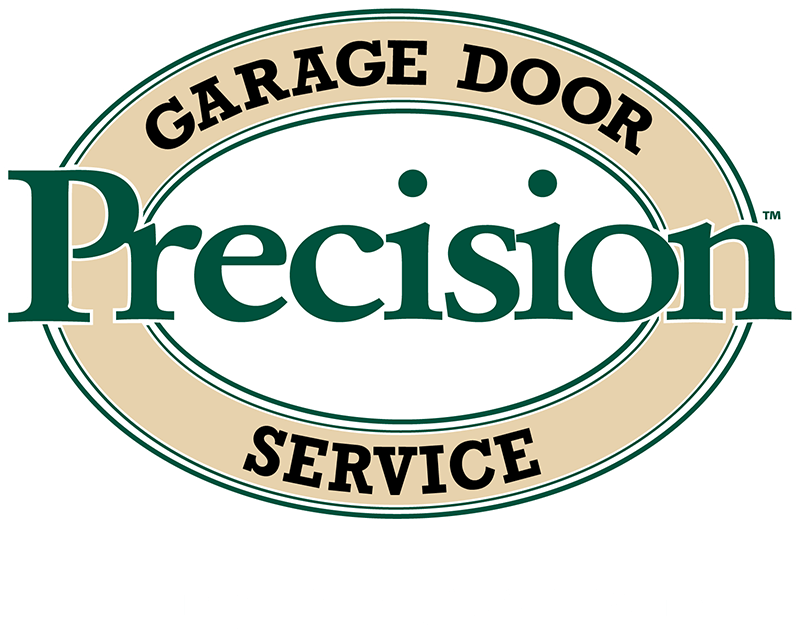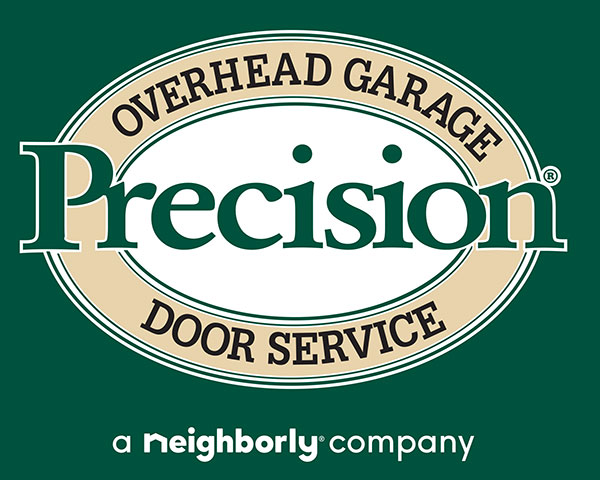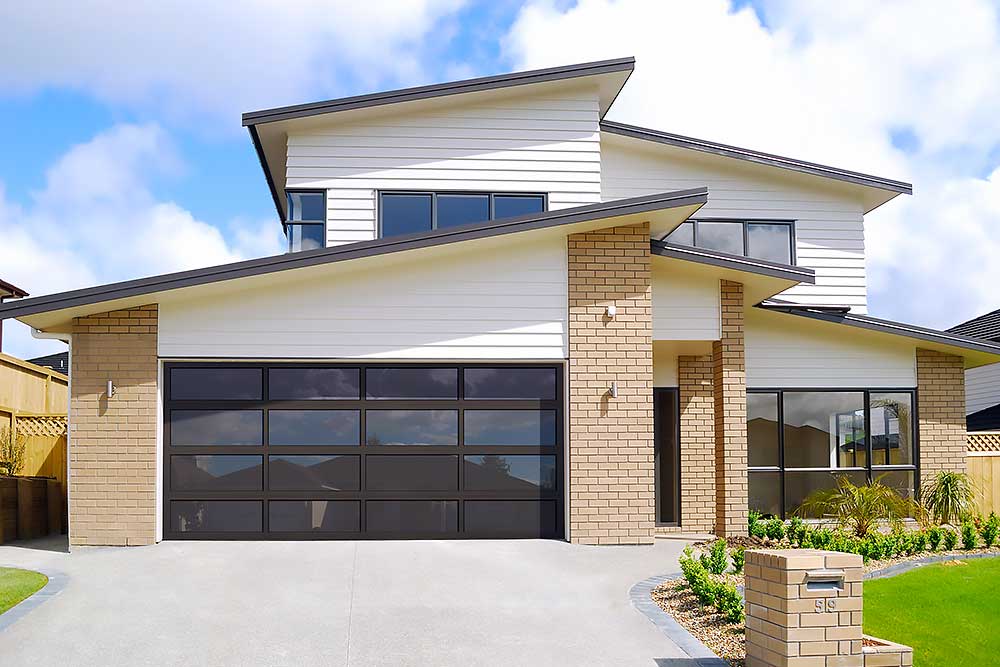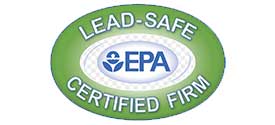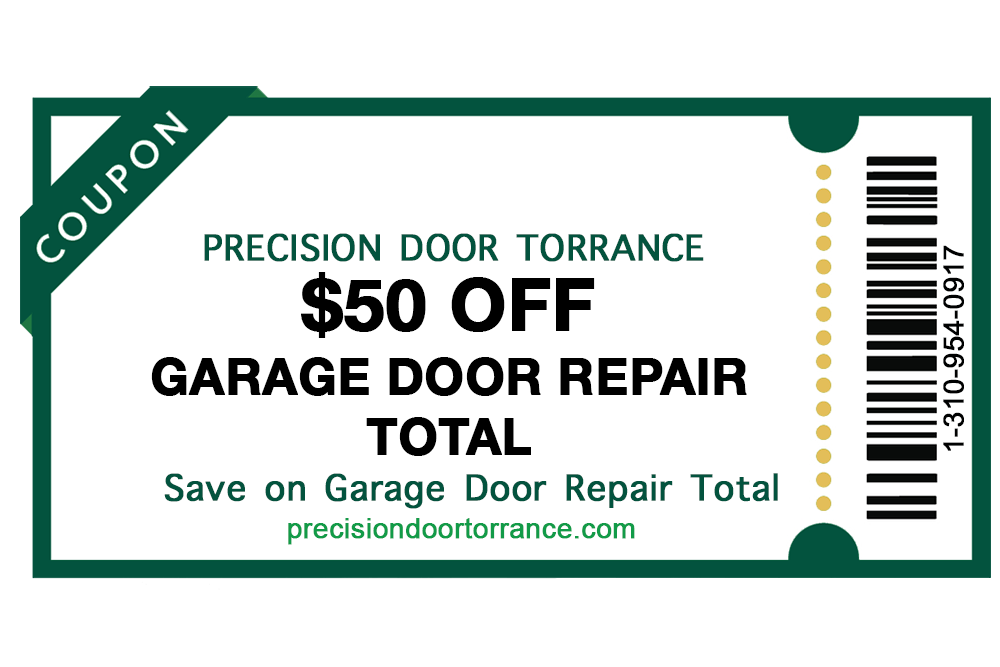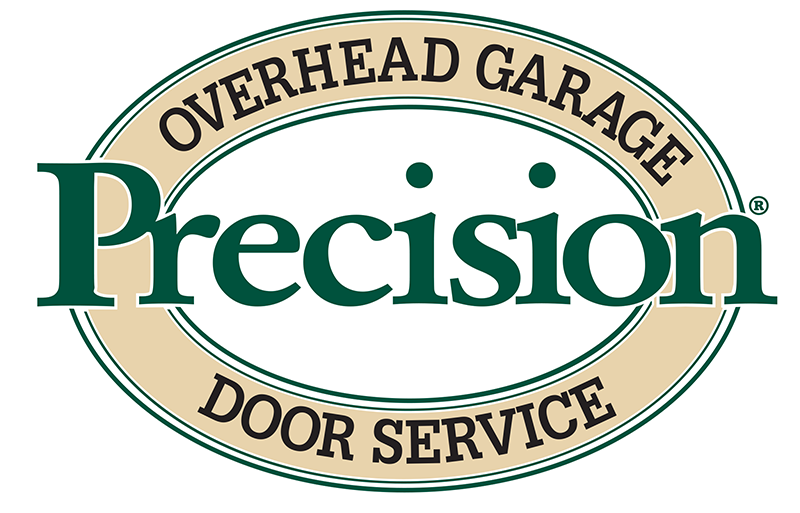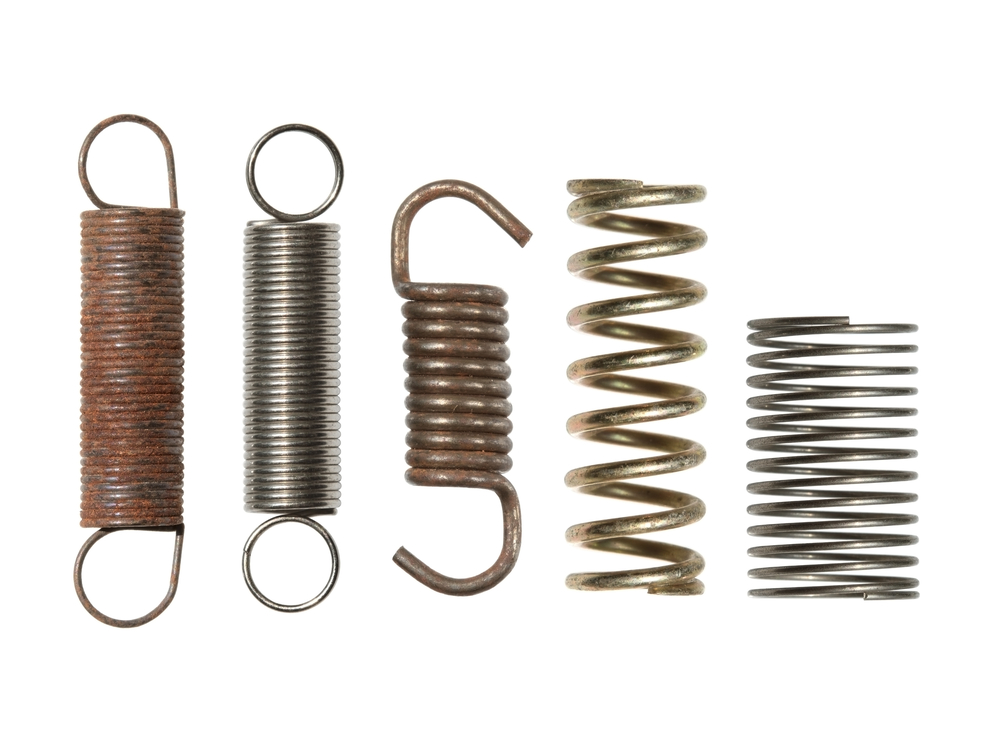
Spring Repairs in Torrance for All Types of Garage Doors
Your spring repair in Torrance might come once in a blue moon. However, if you neglect your door and its components, calling a contractor for repairs can get out of hand. You should have a realistic understanding of the assembly you use each day. A garage door repair in Torrance isn’t unlikely, but it’s not always necessary. Whether it’s with two panels or roll up garage doors, the springs of your door don’t last forever. These components are often the first to malfunction from general wear and tear. Your door’s function and its safety are lost if your springs also go out.
Offsetting and Thus Balancing Weight
Springs in your garage door help to balance the weight of the door. Your garage door is made up of heavy materials that withstand intruders and years of use. Springs keep those materials aligned and help them to transfer energy without warping. Both the opening and closing of your garage door create friction. That inertia puts strain on the panels of your garage when you don’t have working springs. The metallic compounds of springs give them the capacity to store tremendous energy in the form of static or moving force. Modern garage doors all use springs as counterbalances. There are two types used, and both or one of them might be yours.
Torsion
Torsion or torque is the type of energy exerted by these springs. If you can think of a spring clamping down on itself, then you have an idea of the pressure held within torque. Torsion springs are adjusted to the dimensions and volume of the garage door you use. They, therefore, can be small or large. One is often necessary, but garage doors will have up to four of them. These springs are installed right above the door opening and on a horizontal plane. The torque they hold makes them ideal for twisting, which enables other parts on your garage door to rotate. Unless that rotation is controlled, it can cause eventual damage to your door.
Common Uses
Torsion is a durable form of energy, so heavy doors and commercial settings tend to rely on torsion springs. Due to their compact designs, they’ve shown to be safer than their counterparts. This is because there are less parts and metal exposed in the engineering of torsion springs. The energy they hold in a static position, when adjusted to your door, creates a smooth movement overall. This stability makes them ideal for heavy weights and high pressure.
When Torsion Malfunctions
There are specific signs that tell your torsion springs have gone bad. You can use these signs to eliminate the potential of assuming that your extension springs are bad. For starters, the garage door opener will fail to open the door even if its motor is operating. A garage door replacement isn’t necessary in these cases, for your torsion springs are the issue. You might find that the door even slides down just a bit after it’s been opened. This means that the door is having trouble in keeping its weight up. The spring itself can also be damaged with a noticeable split.
The Torsion Drum
Consider examining your spring and cable drums also. These drums are used to rotate or wind cables and door panels in a single movement. The torsion spring is attached directly to a bar that specifically rotates the torsion drums by using the force of torsion springs. These springs work to contain the movement of your cable drums. Doing so reduces vibrations and stops metal from grinding. The spring’s spinning allows the drums to also spin under control.
Tension
Tension springs are best described by their ability to stretch. Extending as a door opens and closes enables these springs to direct energy to themselves. By storing energy in this manner, the components of your garage door last longer. They don’t take the full impact of the moving weight of the garage door. What’s key is that these springs stretch in order to balance weight. That weight isn’t held within the spring as it is with torsion springs. Garage doors are made with two tension springs installed on each side of the door. They’re installed vertically atop sidebars.
Problems Without Them
There are specific signs that suggest a problem with tension springs rather than torsion springs. In most cases, one side of the door will be following the other with a delay. Here, at least one spring isn’t extending to balance out the movement of the door. An even movement should be achieved simultaneously. The tension is also a problem if the door only opens up halfway. This might be also seen should your door quickly jolt downward or slam shut. Torsion springs that aren’t uniformed or parallel won’t be able to act in unison as a garage door moves.
Safety Hazards
Garage doors in Torrance are typically heavy and can create a falling hazard. Springs that don’t work leave your door subject to violent movements. This is also true for the springs themselves. If broken and yet under pressure, the spring itself can snap loudly and expand violently at you. Rust could be a factor to springs breaking down, but so can general abuse. Making sure that a door closes or opens fully also helps your springs to last longer. The pressures that both torsion and tension springs exert or pull become a hazard whenever released in an unnatural way.
Your Spring Repair in Torrance, California
The best way to stay on top of your garage door needs is through occasional inspections. Professional contractors can assess the components you have and gauge your door’s strength and weaknesses. Consider using inspections as a way of reducing the cost of repairs. The larger your damages are, the more time and money it takes to fix them. Inspections enable you to monitor small problems before they enlarge. Once you’ve confirmed the nature of your issues, you can take the right steps during repairs. Torsion and tension springs aren’t identical.
